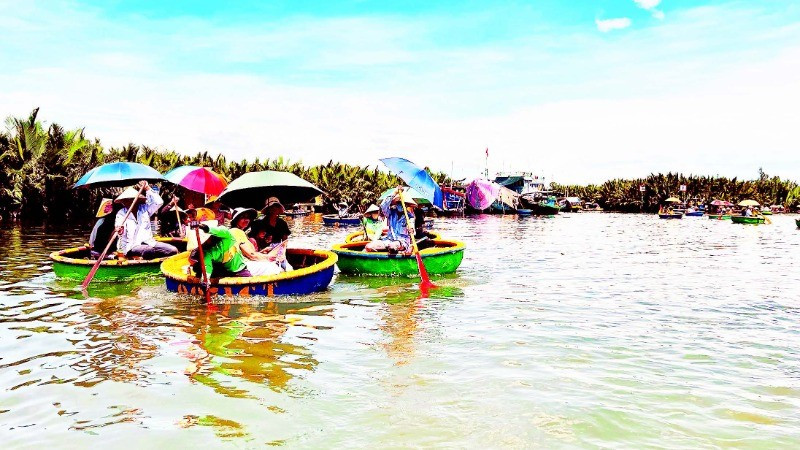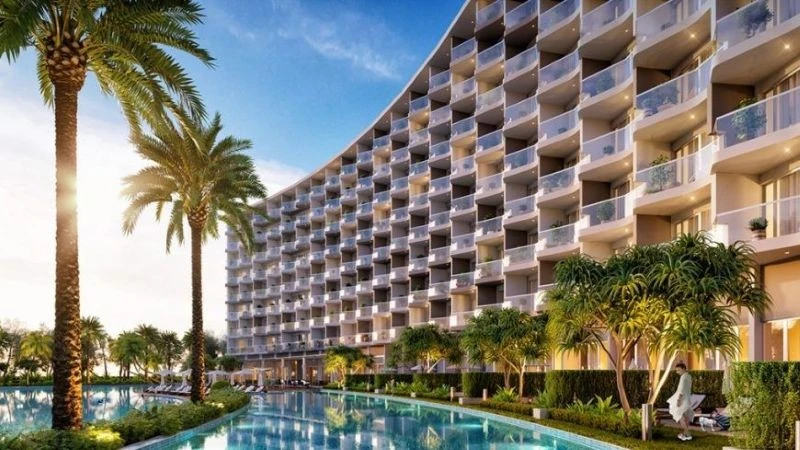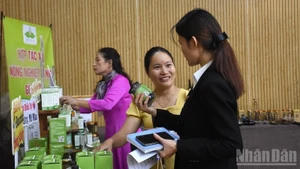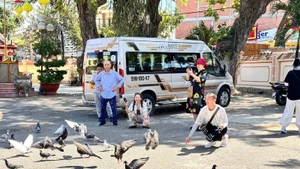The rural areas of the central region possess a rich diversity of cultural and natural heritage with many distinctive values that differ from urban areas. These are valuable resources that provide unique experiential values, helping to attract tourists to rural areas and contributing positively to socio-economic development.
However, most rural tourism models remain small in scale and scattered in remote areas; transportation infrastructure, investment resources, human resources, information technology application, and market connectivity are still limited and inconsistent, and do not yet meet the necessary conditions to attract, serve, and retain tourists.
Turning potential into tourism products
Immediately after the Prime Minister issued Decision No. 922/QD-TTg dated August 2, 2022, approving the Programme for the Development of Rural Tourism in the New Rural Development Programme for the 2021–2025 period, localities in the central region quickly issued implementation plans, considering rural tourism development as one of the key solutions and tasks.
Many localities, such as Quang Binh, Hue, Quang Nam, Quang Ngai and Khanh Hoa, have effectively exploited their strengths, developing a diverse system of rural tourism destinations with many high-quality, distinctive tourism products that attract visitors. Among them, many tourism villages have been recognised according to ASEAN criteria. Tan Hoa Village (Quang Binh) and Tra Que Vegetable Village (Quang Nam) were honoured by the United Nations World Tourism Organisation as Best Tourism Villages. According to the Director of the Department of Culture, Sports and Tourism of Quang Nam Province, Nguyen Thanh Hong, Quang Nam owns more than 460 historical-cultural relics and scenic spots, more than 300 in rural areas.
With 128 agricultural and rural tourism destinations spread across almost all localities in the province, tourism activities linked to agriculture and rural areas in Quang Nam have attracted around 1,000 participating households, with more than 3,000 direct and 3,500 indirect workers. Revenue from community-based tourism in 2024 reached over VND 150 billion, representing additional income from the agricultural and rural sector for people participating in tourism activities.
It is estimated that over 30% of visitors to Quang Nam experience agricultural and rural tourism products. A prime example is the Bay Mau nipa palm forest tourist site in Cam Thanh, Hoi An, which attracted more than 1 million visitors in 2024, with ticket revenue reaching VND 30 billion. The proportion of people working in tourism services in Cam Thanh Commune exceeds 65%.
Meanwhile, Tra Que Vegetable Village welcomed more than 34,000 visitors in 2024, an increase of 36% compared to 2023 (nearly 6 times higher than in 2022); revenue from ticket sales exceeded VND 1.215 billion, up 36% compared to 2023.
From a difficult area to a tourism village
The Rao Nan River originates from the mountainous area near the Viet Nam–Laos border, flows underground for about 3 km into the Ruc Cave in Trung Hoa Commune, then flows into Tan Hoa Village, Tan Hoa Commune, Minh Hoa District, Quang Binh Province. During the rainy and flood seasons, water from upstream flows into Tan Hoa Commune.
To tap into the tourism potential of Tan Hoa Commune, in 2014, Chua Me Dat Company (Oxalis) began offering adventure tours exploring the Tu Lan cave system. Since then, the floodplain area of Tan Hoa has appeared on the tourism map of Quang Binh. In November 2022, Oxalis, in coordination with the Department of Tourism (now the Department of Culture, Sports and Tourism) of Quang Binh Province and local authorities, implemented a project to develop Tan Hoa into a community-based tourism village operated by residents, featuring homestay models, culinary restaurants serving local dishes, and cultural tours showcasing the beauty of the local community.
Chairman of the People’s Committee of Tan Hoa Commune, Truong Thanh Doan, stated that rural tourism activities have fundamentally changed people's awareness and livelihoods. From primarily relying on agricultural production, people now engage in community-based tourism by hosting guests at home, offering accommodation, and serving food made from local products.
Truong Anh Hung, owner of Hung Lien Homestay, said, “Since tourism activities began, we have been very happy to welcome and serve visitors every day. I hope more tourists come here to experience the beauty and uniqueness of Tan Hoa Village.”
According to Oxalis representatives, the enterprise has created stable jobs for 120 local workers through tourism activities, with an average monthly income of 6–8 million VND per person. Deputy Director of the Department of Culture, Sports and Tourism of Quang Binh Province, Dang Dong Ha, observed that tourism has changed Tan Hoa, helping local people understand that only by protecting forest resources, preserving the environment, and contributing to climate change mitigation can natural disasters and floods be prevented and reduced.
In October 2023, Tan Hoa Village was honoured by the World Tourism Organisation (UN Tourism) as one of the Best Tourism Villages in the world.
Alongside Tan Hoa Village, Tra Que Vegetable Village, located in the buffer zone of Hoi An Ancient Town (Quang Nam), was recognised by UN Tourism as a Best Tourism Village (in 2024).
Chairman of the People’s Committee of Hoi An City Nguyen Van Son stated that in 2001, Hoi An designated Tra Que Vegetable Village as a specialised vegetable farming area. Two years later, the city officially launched the Tra Que Vegetable Village tour with many attractive activities. In 2019, the city approved a plan to develop community-based tourism in Tra Que Vegetable Village (Cam Ha Commune), and in April 2022, Traditional Knowledge and Traditional Craft of Vegetable Farming in Tra Que Village was officially included by the Ministry of Culture, Sports and Tourism in the list of National Intangible Cultural Heritage.
Tra Que Vegetable Village currently has more than 200 households engaged in farming, 23 accommodation facilities, 16 restaurants, and various other supplementary services providing employment opportunities for more than 320 locals, with an estimated average annual income of nearly 60 million VND per person. Additionally, residents participate in tourism services such as guiding visitors through vegetable farming experiences, offering homestay services, organising home-cooked meals for guests to enjoy local cuisine, selling local products, and organising green tourism and experiential tours related to agricultural production.
















